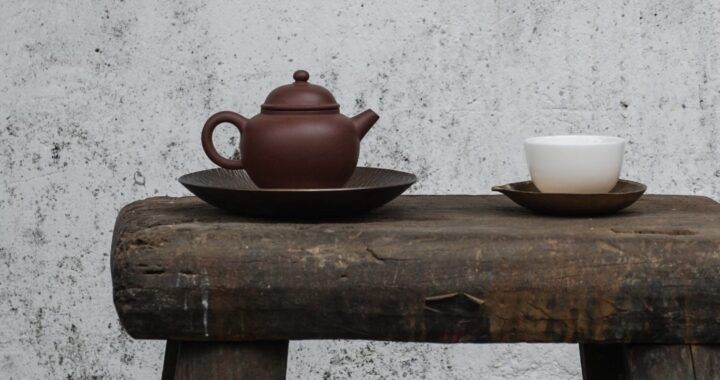I was lucky that my grandparents served me both sencha (Japanese green tea) and wakoucha (Japanese black tea) every time I visited them in Japan. But as I grew up in New York, my encounters with these teas were reserved to their home for the most part, and the global popularity of the two types remained a mystery to me. Naturally, this became a curiosity as I got closer to tea and tea lovers through many avenues at Obubu.
For one, I took on the project of accessing and visualising e-commerce data for various items on Obubu’s online retail shop. When I wasn’t in the office creating reports🧚♀️

I got to talk with tea tour guests from around the world. I came to notice Japanese tea types that many guests were familiar with, versus those that were new to most. Other days, I was hands-on in the factory making my own batch of wakoucha. These combined experiences piqued my curiosity on the popularity of sencha as compared to wakoucha.
1. What have Obubu’s customers been buying over time?
While only reflecting a small piece of the puzzle, I was curious about general trends in popularity for some of Obubu’s sencha and wakoucha products. As part of my intern project, I visualized retail data for various items on Obubu’s site.
Specifically, I looked at the quantity sold of three popular senchas on the online shop since 2015: Sencha of the Spring Sun, Kabuse Sencha, and Sencha of the Wind. I noticed that the volume of quantity sold for all three of these senchas are increasing over time.
I then compared this to Obubu’s most popular Wakoucha, Pine Needle Wakoucha, for which we have retail data since 2019. The quantity sold of this tea trends downward.
It goes without saying that we can’t take Obubu’s retail sales as a direct reflection of global popularity, as we are focusing on a slice of the world’s tea lovers that have found Obubu (<3). There is also the impact of factors such as customer demographic, promotion, and stock availability. But seeing what Obubu’s customers are buying opens the door to some interesting questions… Let’s take a look at some reported data 💁♀️
2. Domestic vs. International Popularity
It only takes a quick scour of tea industry reports to find data pointing to the growth of the international market for Japanese green tea. Not much exists on the equivalent for domestic popularity because loose leaf sencha has been on the decline for Japanese consumers (see: this article and chart by Yomiuri Shimbun and these charts on nippon.com using data from the Ministry of Agriculture, Forestry, and Fisheries).
What about wakoucha? As reported by Yomiuri Shimbun, the average 2+ person household in Japan still spent more on loose-leaf green tea in 2021 (¥3,530) as compared to loose-leaf black tea (¥826). But these figures actualy reflect a 20% decrease since 10 years ago in loose-leaf green tea spending, versus a 10% increase since 5 years ago in loose-leaf black tea spending.

The international market for wakoucha does not seem to be a point of interest for online tea publications. This seems to be in line with the clear increase in popularity of the Obubu senchas as compared to wakoucha, given that the majority of the customer base is international. Only about 1% of each of the aforementioned Obubu teas are being shipped to Japan.
3. Personal Accounts
When conducting tea tours, it surprised me to meet guests from a variety of countries with a level of expertise in Japanese green tea. On the flipside, even tea lovers coming from countries that largely consume black tea expressed never having tried or heard of wakoucha before (but people trying wakoucha for the first time tell me it tastes shockingly different from black teas they’re used to). Of course many of these guests are drawn to Obubu by their love for sencha or matcha, as the Kyoto/Uji region is known for producing these teas at a high standard. But the guests’ overall affinity and fixation on sencha definitely felt like it might be reflective of a greater movement.
It’s been suggested that the popularity of sencha (like the matcha boom) might be entangled with greater health conscious movements. As someone who grew up across two cultures, it interests me to think of how gastronomical trends might be influenced by interest or openness towards other cultures. Does the beverage scene reflect how people feel about change or tradition in their society? How is our sense of taste related to belonging vs. curiosity for something new?

